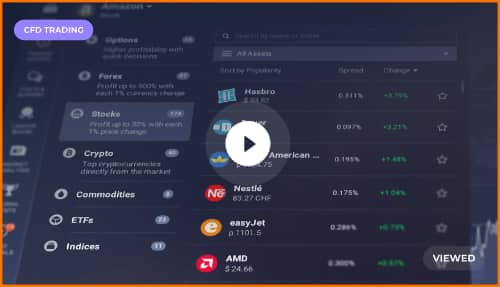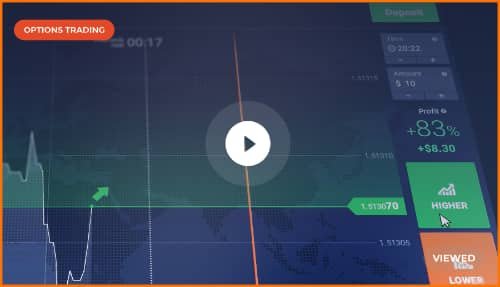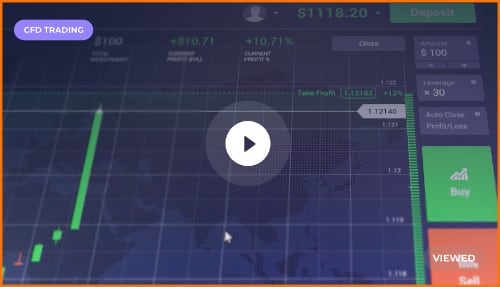The Financial Independence, Retire Early (FIRE) movement has gained a lot of traction in recent years. It promises a path to financial freedom by focusing on aggressive saving, minimalist living, and investing early and often. However, for many, the strict tenets of the FIRE lifestyle may seem daunting or unattainable. Whether it’s the difficulty of saving such a large portion of income, the stress of living frugally, or simply the desire for more balance between work and life, some are looking for alternative paths to early retirement.
If you’re interested in retiring early but feel that FIRE isn’t the right fit for you, here are several alternative strategies worth exploring:
1. Slow FIRE: A Balanced Approach

For those who want to achieve financial independence but at a slower pace, Slow FIRE is an appealing alternative. Rather than sacrificing all comfort in the present to retire quickly, Slow FIRE encourages a balanced lifestyle where you save and invest but also enjoy some of the fruits of your labor along the way.
This method allows for more flexibility, which can be particularly beneficial for individuals with families or those who don’t want to give up life’s little luxuries. Instead of aiming for retirement in your 30s or 40s, the goal might be to retire in your 50s or early 60s. While you’ll still retire earlier than most, you’ll do so without the extreme frugality that the traditional FIRE approach advocates.
2. Barista FIRE: A Blend of Work and Independence

Barista FIRE is a middle ground for people who don’t want to retire entirely but seek financial independence that allows them to downsize or pursue part-time work. The term “Barista” comes from the idea that you could take a low-stress, part-time job (such as a barista at a coffee shop) after reaching a significant level of savings, and supplement your lifestyle with this income.
This approach is appealing for those who enjoy working but don’t want the pressures of a high-stakes, full-time career. It allows for a more relaxed work environment while still providing health insurance and other benefits. The idea is to reach a point where your investments cover most of your needs, but you still work part-time for additional income and social engagement.
3. Coast FIRE: Letting Your Investments Do the Heavy Lifting
Coast FIRE focuses on building a significant investment portfolio early in life, which will then grow over time with minimal further contributions. Once you’ve saved enough, you can “coast” to retirement without having to save aggressively in your later years.
For instance, someone pursuing Coast FIRE might save and invest heavily in their 20s and 30s, and then scale back their work or savings efforts in their 40s. This strategy is ideal for those who want to enjoy more free time or reduced work stress in their middle years, while still maintaining the assurance that their investments will grow and sustain them in their later years.
4. Semi-Retirement: Work on Your Terms
Semi-retirement is another path for those who want more flexibility in their work-life balance before fully retiring. In this approach, you continue working, but in a reduced capacity—such as taking on freelance projects, part-time jobs, or consulting work.
This allows you to enjoy some of the benefits of retirement, like more time for hobbies, travel, or family, while still earning an income. It’s ideal for those who want a gradual transition out of the workforce and prefer not to completely retire until they’re ready. Semi-retirement also allows individuals to remain engaged in their professions and passions while avoiding burnout from full-time work.
5. Flexibility with Career Sabbaticals
For those who enjoy their work but want to experience periods of extended time off, taking sabbaticals or career breaks could be an appealing option. Instead of focusing on traditional retirement, you could save and plan for intervals where you take extended breaks from work to travel, pursue personal projects, or simply rest.
This strategy allows individuals to recharge, prevent burnout, and return to the workforce with fresh energy and perspective. Career sabbaticals could also be an opportunity to experiment with different interests, start a side hustle, or acquire new skills that can enhance your career later on.
6. Lean FIRE: Minimalism on a Budget
While Lean FIRE is technically part of the FIRE movement, it focuses on achieving financial independence on a smaller budget. It’s an alternative for those willing to live with less, focusing on minimalism and prioritizing only essential expenses. Lean FIRE advocates believe that by reducing their spending, they can retire earlier with a smaller portfolio, as they’ll need less to sustain their lifestyle.
While this approach requires significant discipline and frugality, it appeals to those who don’t need or want a luxury lifestyle. It’s a great alternative for those living in lower-cost areas or willing to downsize significantly.
7. Mini-Retirements: Short-Term Retirements Throughout Life
Instead of working for decades to achieve a singular, long-term retirement, mini-retirements are about taking shorter, intentional breaks throughout your career. The idea, championed by Tim Ferriss in “The 4-Hour Workweek,” is to take time off at various stages of life to pursue passion projects, travel, or spend more time with family.
By taking multiple mini-retirements, you can spread out the experience of rest and rejuvenation throughout your life, rather than waiting until the end of your career. This approach is particularly attractive for people who value experiences over traditional financial goals.
Conclusion
While the FIRE movement has its merits, it’s not the only path to early retirement. Each person’s financial and personal goals are unique, and it’s essential to find a strategy that works for you. Whether you’re drawn to a more balanced Slow FIRE approach, the flexibility of Barista or Semi-Retirement, or the excitement of multiple mini-retirements, there are many ways to achieve financial independence and retire on your own terms.
The key is to understand your own priorities, plan carefully, and remain adaptable as your life and financial situation evolve.
More Reading on FIRE:
Here are a few insightful articles on different FIRE (Financial Independence, Retire Early) movements and alternatives:
- Milesopedia provides a comprehensive overview of the various FIRE strategies, including traditional FIRE, Lean FIRE, Fat FIRE, Barista FIRE, and Coast FIRE. Each of these approaches is tailored to different lifestyle preferences and financial goals. For example, Lean FIRE focuses on extreme frugality, while Fat FIRE allows for a higher standard of living post-retirement (Milesopedia).
- Kiplinger offers a broader perspective on how the FIRE movement has evolved, particularly in the face of economic challenges like inflation and stock market volatility. It emphasizes the importance of diversified income streams such as real estate and the need to adjust savings strategies based on market conditions (Kiplinger.com).
- SuperMoney delves into specific FIRE strategies such as Barista FIRE, where individuals work part-time to supplement their income while enjoying financial independence. It also outlines the pros and cons of the movement, noting that while it can lead to early retirement, it requires significant sacrifices and careful financial planning (SuperMoney).
- NBDB discusses how different FIRE variations suit various income levels and lifestyles. For example, Coast FIRE allows individuals to save aggressively early in life and rely on compounding interest, while Barista FIRE involves working part-time to maintain a more balanced lifestyle (Online brokerage | NBDB).
These articles should give you a well-rounded understanding of the different FIRE strategies and alternatives for achieving financial independence and early retirement.
















 How to trade CFD? (00:49)
How to trade CFD? (00:49) How to trade binary options*? (01:22)
How to trade binary options*? (01:22) Forex. How to start? (01:01)
Forex. How to start? (01:01)